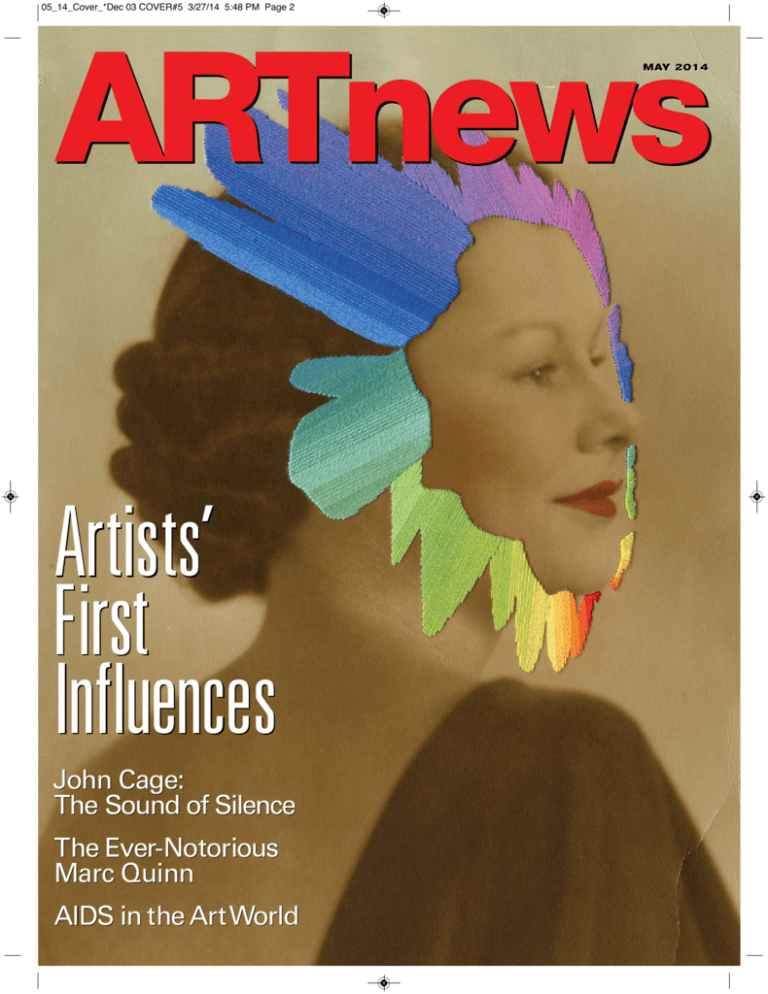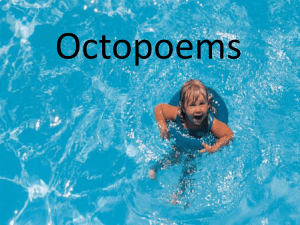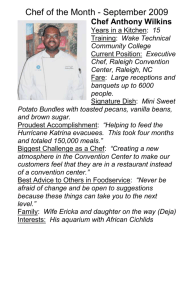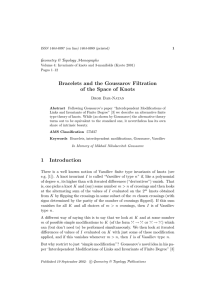
05_14_Cover_*Dec 03 COVER#5 3/27/14 5:48 PM Page 2
ARTnews
MAY 2014
Artists’
First
Influences
John Cage:
The Sound of Silence
The Ever-Notorious
Marc Quinn
AIDS in the Art World
RV NAT'L Reviews May 2014_Layout 1 3/24/14 4:48 PM Page 5
COLLECTION OF WAYNE F. YAKES, MD
reviews: national
anything but static. Bursting with organic bounty, both these midnight assemblages and her more traditional still
lifes visually echo the mantra expressed
by the centuries-old Dutch paintings:
memento mori, or “remember you will
die.” Every flower, every insect, every
fruit and vegetable that Tavormina has
placed just so in her exquisite arrangements has suffered the fate no living
thing can escape.
—Joanne Silver
Joanne Silver
UP NOW
‘The Blinding
Light of History’
University of New Mexico Art Museum
Albuquerque
Through May 17
Russian art of the last 50 years has not
spent much time in the limelight, so this
concise show of three major figures of the
Nonconformist movement, all of them rigorously trained in Socialist Realist attitudes and techniques, is a welcome
revelation. More than 20 years separate
the careers of Ilya Kabakov and the late
Oleg Vassiliev from that of Berlin-based
Genia Chef—the youngest of the group—
but all three share a measure of cynicism,
tinged with humor and whimsy, about the
collapse of the Soviet system.
Chef’s fierce portrait of Rasputin, his
graying face and gnarled hands sickly realized in thick impasto, greets visitors to
the gallery. Beyond it, the similarly monumental Athlete and Venus (both 2003),
in shades of putty brown, suggest GrecoRoman culture collapsing under the
weight of its own self-importance. But
Chef’s most engaging works are small
surrealist gems, such as Exotic Species
(1995–97), which pits a tiny, brooding
Joseph Stalin against a creepy but gorgeous orchid.
Vassiliev, who died last year, brought a
formidable graphic style to both straightforward portraiture and wickedly smart
satire. In Khrushchev’s House (1993), the
beaming, pudgy premier strolls away from
a block of drab, prisonlike apartments.
And in Red Shoe (2003), a spin on
Khrushchev’s famous 1960 speech at the
United Nations when he removed his shoe
and slammed it against the podium, the
artist envisions a ranting oligarch holding
aloft a stylish slip-on loafer.
The best known of the trio is, of
“decisive moment” philosophy. Glimpsed through a
jagged hole broken into a
thick wall, a gaggle of
schoolboys is led by a
young boy on crutches
who seems to be grinning
wildly along with the
rest—or is he? Closer examination shows that he
may in fact be their victim, tormented to a breaking point. A similar
ambiguity attends George
Tice’s Buggy and Farmhouse with Windmill, Lancaster, PA (1965), which
may either present an
idyllic image of bucolic
Oleg Vassiliev, Red Shoe, 2003, oil on canvas,
serenity or depict the
181⁄2" x 191⁄4". University of New Mexico Art Museum.
bleak, buttoned-down
austerity of country life.
course, Kabakov, who is internationally
There was a beautiful wall of nudes
celebrated for his powerful installations.
here: from Walter Chappell’s slyly abThe two paintings here—Before the
stracted Nude Armpit, Wingdale, New
Exam (2002) and Under the Snow #3
York (1962) to Judy Dater’s lonesome
(2004)—may be somewhat of a disapself-portrait taken atop a craggy rock.
pointment, even a bafflement, for
Eugène Atget’s four prints offered a
Kabakov fans, but the show as a whole
glimpse of the elegance and mysteries of
offers a tantalizing glimpse into a culture
Paris in the early 1900s, while Sebastião
that is both foreign and strangely familSalgado’s 1986 image of a Brazilian gold
iar. Ultimately, “Blinding Light” leaves
one longing to know more about how the miner was a moving reminder of the
contemporary miseries that continue to
Cold War and its subsequent thaw have
exist in certain regions of the world. Two
affected the best and the brightest Russian talents.
—Ann Landi images by Paul Caponigro, of a thistle
and a rock wall, were gorgeous examples
of the mesmerizing power of the closeup. Eliot Porter’s dye-transfer print of a
New England pond was the sole color
Scheinbaum & Russek Ltd.
image in the show, and, though it was
Santa Fe
powerfully sumptuous, it seemed a little
In an era when mural-size C-prints seem
out of sync with the rest—like emerging
to be dominating the galleries, it’s a joy to
from the spell of a movie house into
revisit black-and-white photographs that
were made during the last century, when a bright sunlight.
—Ann Landi
gelatin silver print of
modest proportions could
pack as much wallop as a
Cindy Sherman psychodrama. Titled “On View,”
this selection of 20 such
images included some of
the greats—Edward
Weston, Minor White, and
Aaron Siskind among
them—along with a few
surprises.
Henri Cartier-Bresson’s
Seville, Spain (1933) offered a textbook example
Henri Cartier-Bresson, Seville, Spain, 1933,
of the artist’s signature
gelatin silver print, 91⁄2" x 14". Scheinbaum & Russek Ltd.
‘On View’
© 2014 ARTnews L.L.C. All rights reserved. Not for reprint. vvv-`qsmdvr-bnl
ARTnews May 2014
107












